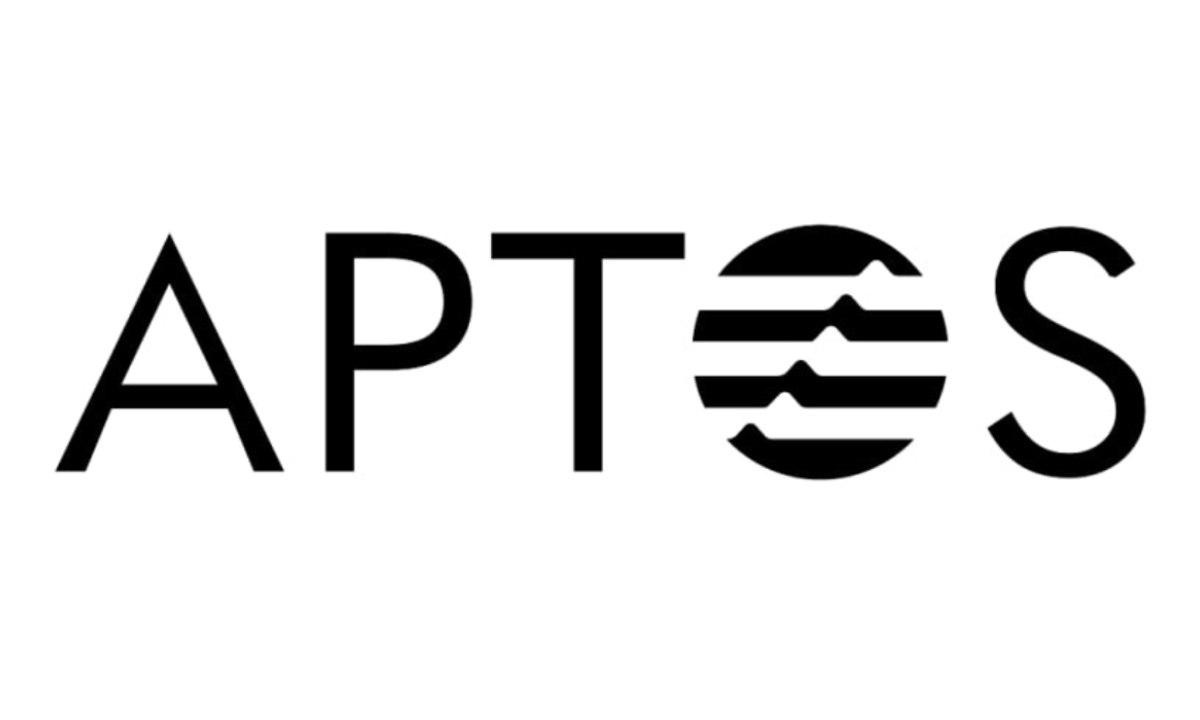Abachi Aims to Converge Traditional Finance with DeFi
George Town, Cayman Islands, 10th January, 2022, Chainwire
The majority of today’s decentralized finance (DeFi) projects build tools that are replacements to those found in traditional finance (TradFi) systems. However, a new blockchain project called Abachi believes that DeFi is destined to converge with traditional finance, not replace it.
To facilitate this vision, Abachi is building the technical rails to onboard the multi-trillion dollar TradFi industry into the decentralized finance world. The project’s growing roster of traditional finance partners, like LUCA Plus, will be able to bring Abachi’s blockchain solutions to their real-world clients this spring.
At just two months old, Abachi has already attracted over $2.5M USD in funding from strategic investors and secured product integration agreements with ecosystem players like Chainlink and mStable. It has also amassed a 20,000+ member Discord community and over 7,000 Twitter followers. The project has even pulled multiple members of the community to join its core team, bringing on experience from central banks, academia & Fortune 200 corporations.
The three branches of Abachi
Abachi originates from the words “Abacus” (the ancient calculating tool) and “Chi” (vital energy). The project is currently structured into three entities: Abachi Core, Abachi Treasury, and Abachi Labs.
- Abachi Core provides the middleware infrastructure essential for bringing traditional finance on-chain. It will develop an SDK using existing as well as new technology solutions that can be used by front-end partners
- Abachi Treasury exists to fund Abachi Core, support partner development, and acquire other ecosystem projects that align with Abachi’s missions. The treasury works on a basic strategy of maximizing yield bearing assets.
- Abachi Labs will issue licenses for the Core technology including the SDK that allows partners to integrate.Service fees feed into the Abachi Treasury. Abachi Labs will also facilitate permissioned lending pools which will be used by partners to lend out money to small businesses at highly competitive rates, initially subsidized by Abachi’s native token ABI. This will bring in real-world yield, which is far superior to the zero-sum cross-defi yield strategies in place today.
Leveraging Olympus DAO Technology
Abachi Treasury is composed of a combination of stablecoins and the OHM token. OHM is the decentralized reserve currency powered by the Olympus DAO protocol. This treasury approach demonstrates Abachi’s strong conviction about the mass adoption of OHM as a unit of exchange in the DeFi world. Unlike treasuries that hold Bitcoin or Ether, Abachi Treasury enjoys the rebase rewards offered by OHM and the revenue that it accrues. Like OHM, Abachi’s native ABI token is also a rebasing token, and ABI holders will begin staking when Abachi’s web application launches on Polygon Mainnet in late January.
The end goal for Abachi is to be able to offer real-world bonds and bond markets, issued via a permissioned front-end. The approach is similar to what Olympus Pro offers to DeFi projects today. The core team believes that the technology behind Olympus DAO will revolutionize the way bonds are traded, issued and redeemed. The Ᾰ + Ω = 3² is the representation of this, as Abachi strongly believes it adds alpha to Olympus DAO’s omega.
Jurisdiction & Regulation
Novel projects like Abachi will certainly face their share of regulatory challenges. Abachi wants its community to own the protocol and eventually run it like a DAO. Governance is currently handled via a mix of ABI tokens and non-fungible tokens (NFTs) issued as certificates of involvement based on merit. This allows all members to have a voice. The same technology will be used to develop and issue NFTs which can carry much more data without any privacy concerns. A wallet address can be accredited and walled based on the jurisdictional & regulatory access it has. This will be no different to an email address tied an account on a traditional financial system.
Project Roadmap
The first item on Abachi’s agenda is to launch stablecoin pools which are permissioned and can offer lending to its partners like LUCA Plus. It plans to launch a $1M pool in Q1 2022, and increase this pool 10x every quarter.
This is a significant win for partners, as it allows them to offer instant payment services. The first product offered by LUCA Plus under this partnership will include a business-only buy now pay later solution, and instant invoice payments at 1-2% service fees. As partners grow they will try and bid against each other for the lending pool funds.
The stablecoin pools will organically give way to forex swap pools,as businesses will want to lend and borrow in USD but still be able to service locally in their respective currencies. Abachi believes this will result in more currencies entering their ecosystem, including central bank digital currencies (CBDCs).
Over the next five years, the delivery roadmap also includes tools to enable:
- Blockchain-powered KYC-as-a-service
- Buying or selling of debt via tokenized credit pools
- On and off-chain sales of bonds and tokenized credit
About Abachi
Abachi is an ambitious project and its founders recognize that from day one. However, given the current speed at which financial system alternatives are being built in the DeFi space, the convergence with the trillions of dollars sitting in bonds, treasuries, credit and the forex market are primed for disruption.
Learn more about Abachi on Medium or by visiting abachi.io. You can also track ABI on CoinGecko and CoinMarketCap.
Contacts
- Abachi
- partner@abachi.io





